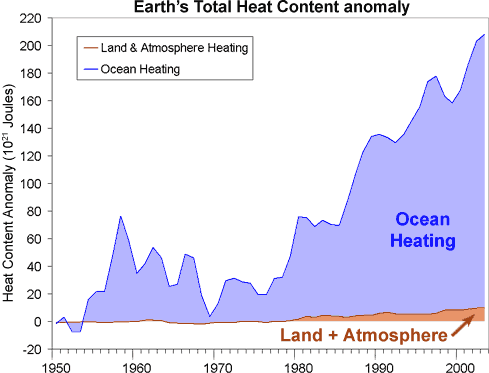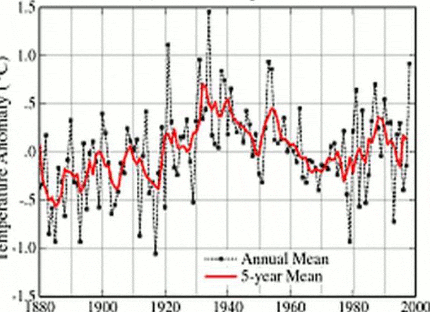what is more important, the actual average temp of any particular year or the change from the proceeding year? the 90's saw a lot of increase but the 00's were stagnant at a high average. which measurement carries more information, the actual temperature or the rate of change?
is CO2 more important than cloud cover? or is it Matthew's beloved ENSO? I don't think we have peeled away enough onion skin to know yet but I think we should keep measuring everything we can. the answer is down the road and we will find it. even after this disasterous detour into the CO2 cul-de-sac we have taken.
How is it a cul-de-sac? GHGs will always figure in to overall climate influences. The only questions are "how much" and "when", not "if".





